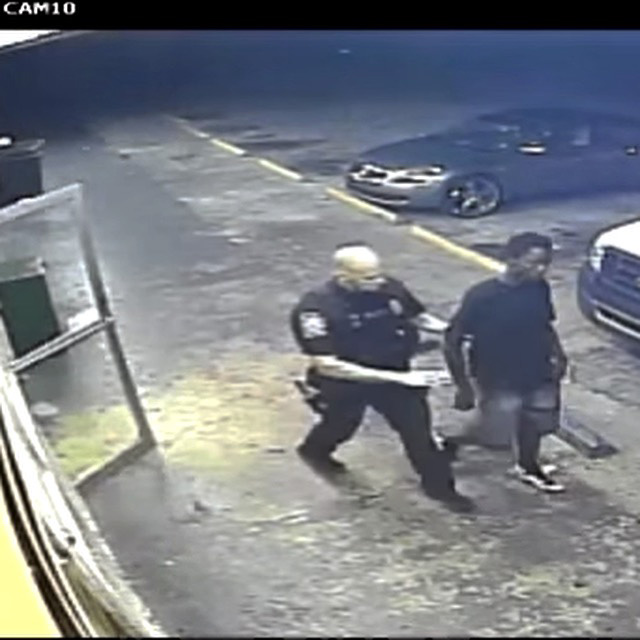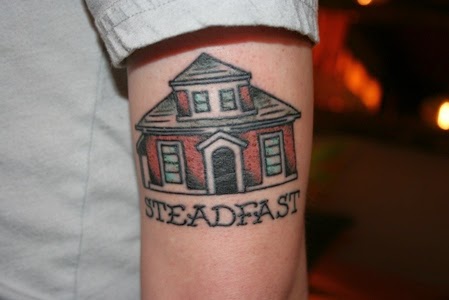From trailer rooms in Namibia:
  |
and floors painted with human feces
By contrast my past couple of classrooms have been pretty great. My favorite has been my Kathmandu classroom:
Fun Fact: When the big earthquake hit a couple of months ago, those fish in the fish tank in the back left corner flung all the way to the front of the room (where the photo was taken).
It's a good room.
The only issue is the fluorescent lighting. That part is gross. And since Prague gets pretty dark in the winter months, the lighting is a big deal.
I was scratching and stretching about this until I saw this commercial:
The strange, windowless room with drapes
I thought this could be the solution! And it probably is. Through my classroom budget, I bought a few overpriced light strips, blooms, and bulbs. Then I put them in and below the class loft.
It's not the same as the commercial because I have windows and daylight. It's also the summer.
But I think it'll be a big improvement to fluorescents.
Here is the Hue Light system:
The Bridge:
This is what makes everything work. The bridge needs to plug into your internet hub. I have a port in my classroom wall that I plug it into. Without the bridge, the lights would just act as... lights.
The Bulbs
Once you have the bridge, you can buy as many bulbs as you want. Each bulb can be controlled separately from your smart device, or grouped together. At the time of this writing, each bulb costs around $20.
The only downside is that they aren't super bright. It would be nice if the darker colors would be a little more bold and less soft.
Grade: B+
The Blooms
The blooms are mostly for backlighting. They are way too weak to have any meaningful effect in your classroom. They're meant to be used at night, in the living room, highlighting a photo or changing your TV into a poltergeist-possessed TV. If you use them for that purpose, they look pretty cool.
They have power cords. At least the ones that I bought. And those just add to the clutter too.
Grade: D
The Light Strips
The light strips have the same problems as the blooms; they aren't so bright, and they have that annoying power cord. But they are so, so much cooler!
The first thing that the kids and parents notice in the classroom are the light strips. They really define the classroom atmosphere, even though they don't contribute any meaningful light. At $90 though, their price is crazy stupid. They should be cheaper.
Grade: B
Those are the three types of Hue lights that I have. There's not an "A" grade among them, but that doesn't mean they aren't fantastic. They are. There's just room for improvement.
I haven't used too many iPhone apps with them, but here is what I'm using:
If I want to control individual lights, I use the standard Philips Hue app.
If I want to use a cool color scheme, I use OnSwitch.
I can decide to program each individual light color too. To do this I use "Tickle", a programming app that resembles Scratch. It not only lets me control the color of each bulb but the time as well.

It's a neat app that does more than just programs light.






































